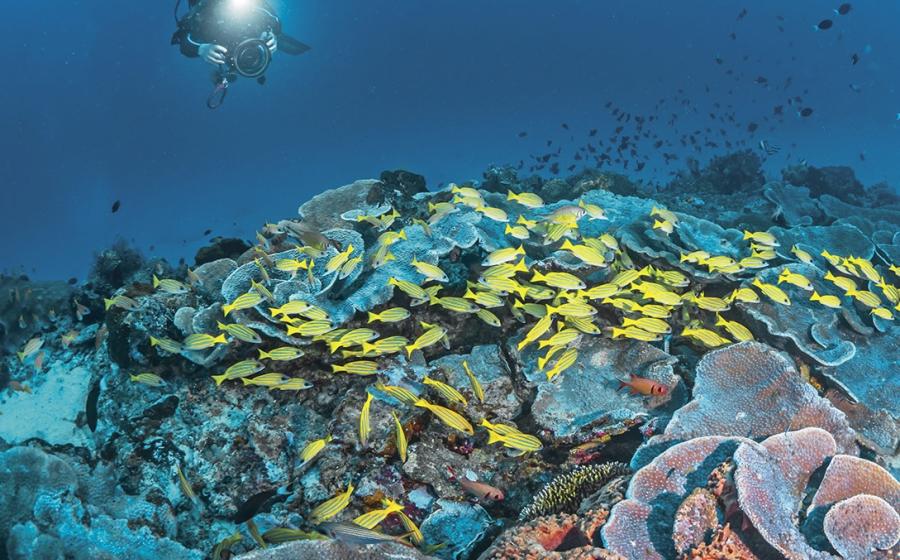Penguins 101: Nature's Fanciest Seabirds
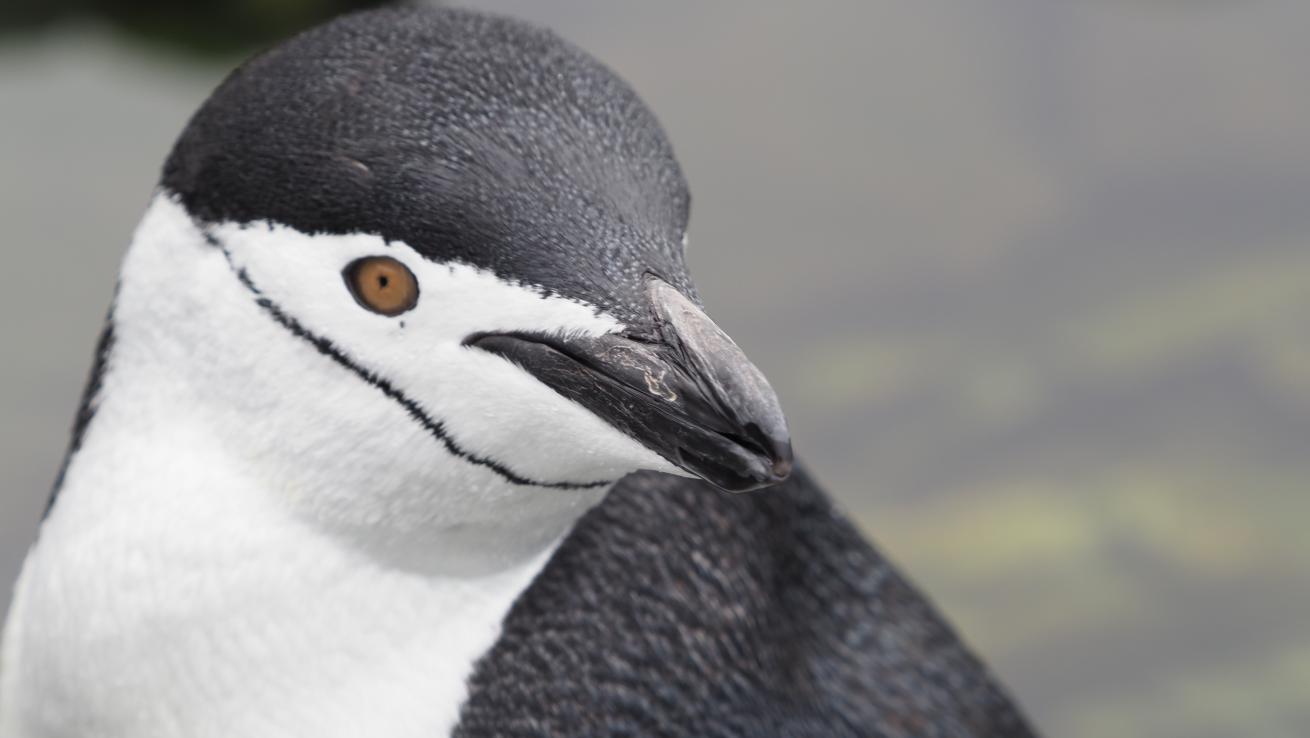
Courtesy Carol Cotton BlickenstorferChinstrap penguin at Palaver Point.
Imagine you’re in Antarctica, a place so wild and pristine that there are no permanent buildings—save a few scientific stations—or permanent human inhabitants.
You’re standing there chatting with your fellow expedition mates when suddenly, a little dark shadow patters on by: a penguin, waddling along past. It’s an otherworldly experience that is rather routine on the Southern Continent. And it happened often during my February 2024 expedition to Antarctica.
“To witness penguins in the wild is absolute magic and joy,” says dive instructor, explorer and photographer Virginia Bria, who joined me. “To see them toboggan down a hill, jump into the ocean from rocks, groom each other in their rafts, raise their babies from eggs hatched on rock nests—is something else.”
Carol Cotton Blickenstorfer, a photographer, adventurer and polar explorer, adds, “They are free to do as they please in the wild, so you get to truly experience their personalities, their antics and their dedication to their young.” As a result of our chance encounters with these wild waddlers, we’re all now forever fans of these funny, flightless birds.

Courtesy Carol Cotton BlickenstorferGentoo penguins “porpoising” at Useful Harbor.
Let’s Celebrate Penguins!
April 25 is World Penguin Day. It’s roughly the date that Adelie penguins, a species endemic to Antarctica, begin their northward migration back to the sea for winter foraging.
Penguins are marine birds that sport a tuxedo-like dark black-and-white belly pattern on their feathers. This countershading keeps them camouflaged from predators in the water. With flippers instead of wings, webbed feet and streamlined bodies, they’re also well adapted to swimming and diving; some species spend up to 75% of their lives at sea!
“One of my favorite things about penguins is that, although they have lost the ability to fly, once they enter their element of water, they soar…. Penguins just fly in a different element,” says Dr. Paola Marignani, a scientist on my expedition and professor at Dalhousie University. “I thoroughly love these species of birds.”
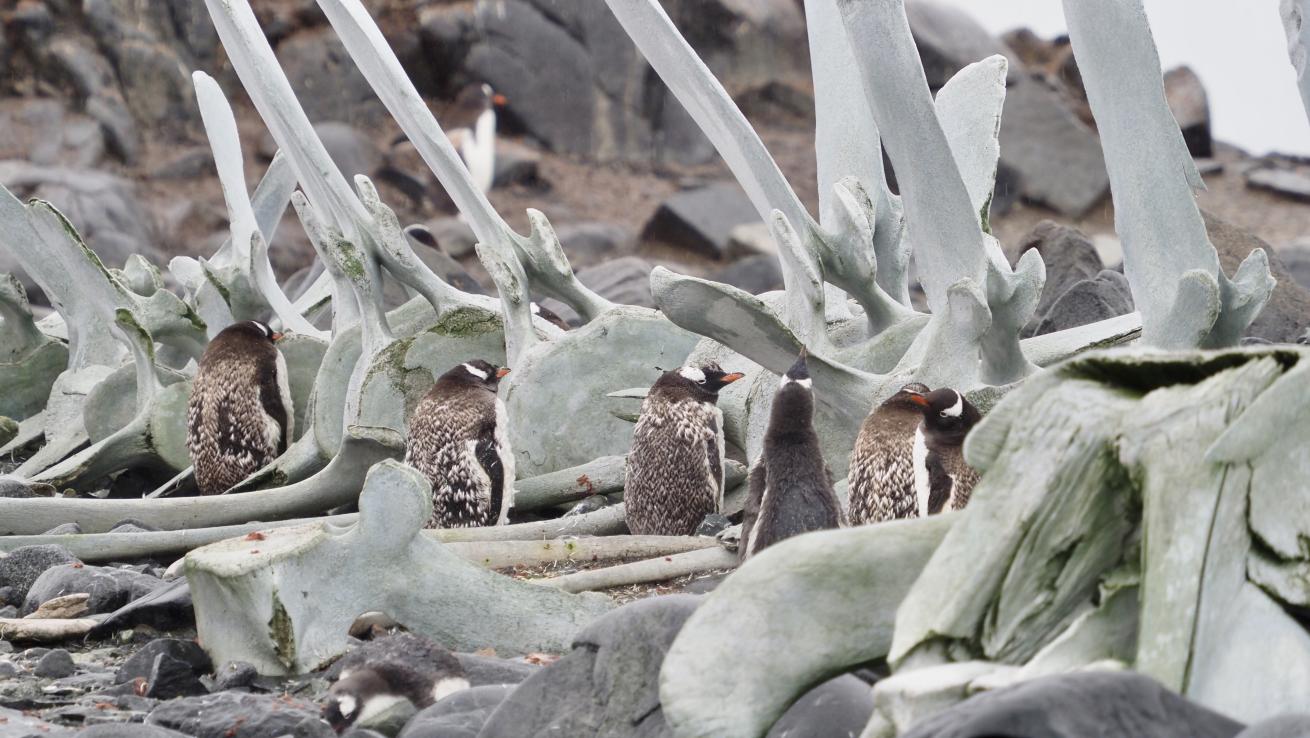
Courtesy Carol Cotton BlickenstorferJuvenile Gentoo penguins finding Refuge in the skeleton of a whale, Point Lockroy.
Penguin Basics
According to PBS and Nature, there are 18 species of penguins worldwide. Almost all live exclusively in the Southern Hemisphere; only the Galapagos penguin is found north of the Equator. Cold-adapted species have a thin layer of blubber and dense feathers to keep them warm; these unique adaptations allow them to thrive in the harshest environment on Earth, as magnificent symbols of “the resilience and beauty of nature,” Marignani says.
Related Reading: An Unforgettable Dive: So Many Sea Turtles in Panama
Penguins vary in size and weight by species. Blue penguins (Eudyptula minor), also called little penguins, are the smallest. They can be as tiny as 10 inches and weigh only 2 pounds. In contrast, emperor penguins (Aptenodytes forsteri), the largest species, can grow to 4 feet tall and weigh up to 88 pounds.
These are very social birds, and a group of penguins is called a colony. They come ashore to nest in huge colonies called rookeries. Some also call big groups of penguins on land a waddle; in the water, they’re called a raft of penguins.
The average penguin will live 15–20 years, though there is high mortality in chicks.
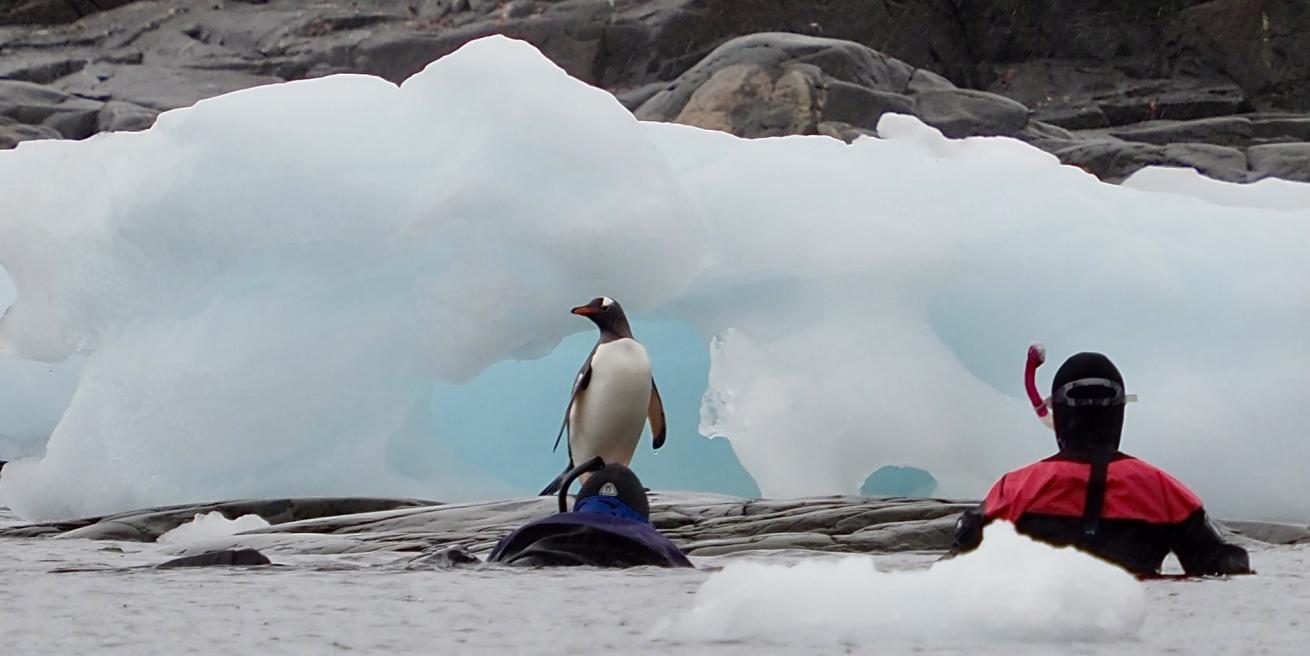
Carol Cotton BlickenstorferGentoo Penguins and two snorkelers at Point Pockroy, February 28, 2024.
What Role Do Penguins Play in the Environment?
Penguins are vital to the ecosystems they live in.
Different species eat krill, squids, fish or a mix; all help keep prey populations in balance and the waters where they hunt healthy. Up the marine food chain, penguins serve as prey for leopard seals, sharks and orcas; on land, foxes, snakes and predatory birds hunt penguin chicks and eggs.
Because they migrate between land and sea, penguins carry nutrients between the two ecosystems, enriching both with nutrients from their feces. Some burrowing species also modify their landscape with their nests.
Critically, these birds are indicator species: Their populations can reflect the health of the oceans and provide important information about changing ecosystems. “Their extinction would have profound impacts on the ecosystems they inhabit, disrupting food chains, altering landscapes and potentially leading to economic loss,” Marignani adds.
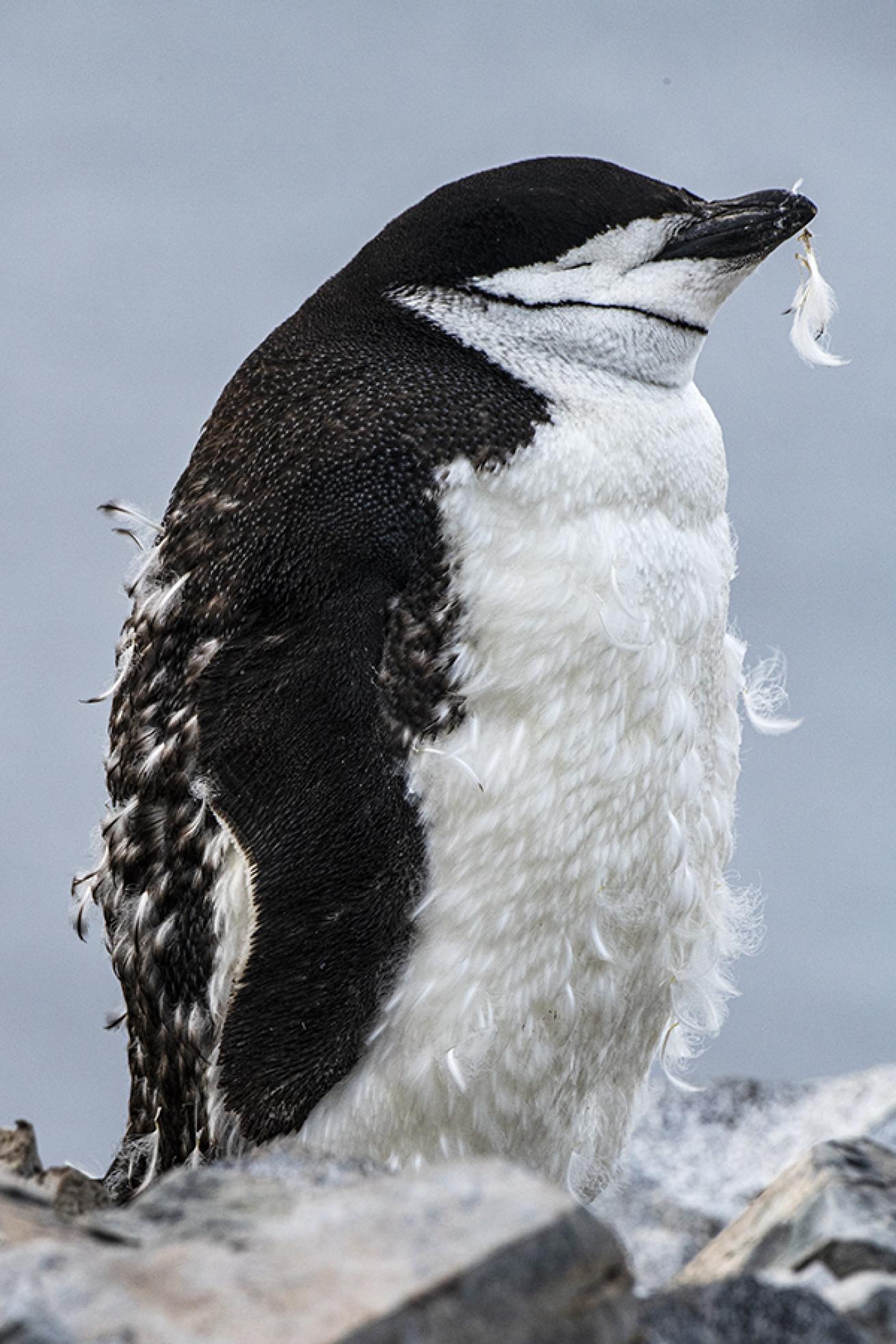
Courtesy Virginia BriaJuvenile chinstrap penguin molting at Orne Harbor.
Threats to Penguins
Climate change particularly threatens penguins living in Antarctica because those species rely on ice sheets to breed and hunt. With melting sea ice, penguins lose the critical habitat they need. A 2022 study found that four of five emperor penguin colonies off western Antarctica lost all of their chicks; the ice melted out from beneath their feet before they could fledge to gain their waterproof coats.
Furthermore, as humans continue to fish out the Southern Ocean, the amount of available prey declines. Warming oceans are also causing prey species to move to new areas. These changes could increase competition between penguin species and are already causing some penguin populations to swim further and work harder to find enough food. The result is fewer chicks surviving to reproductive age.
Related Reading: Coldwater Dispatches: Polar Jellyfish
What Can We Do?
When we become ambassadors for penguins and the unique environments they live in, we can advocate for changed regulations, policies and laws to curb climate change, stop overfishing, regulate tourism and protect these irreplaceable habitats. Furthermore, we can amplify the work of scientists and nonprofits striving to protect these enigmatic birds and the places they call home, whether through financial support or volunteering. Some favorites include the Global Penguin Society, Birdlife International, Penguin Rescue and South African Foundation for the Conservation of Coastal Birds.
Bria added, “The story of climate change and the effects of environmental disasters happening right now [including the growth of algae on icebergs and snow and epidemic avian flu] motivates me to take pictures and share the message. If people fall in love with penguins [as I have] via storytelling, images, videos, and see their struggles, perhaps they will do something to change their behaviors or to join scientists and NGOs working to protect penguins and all species.”






